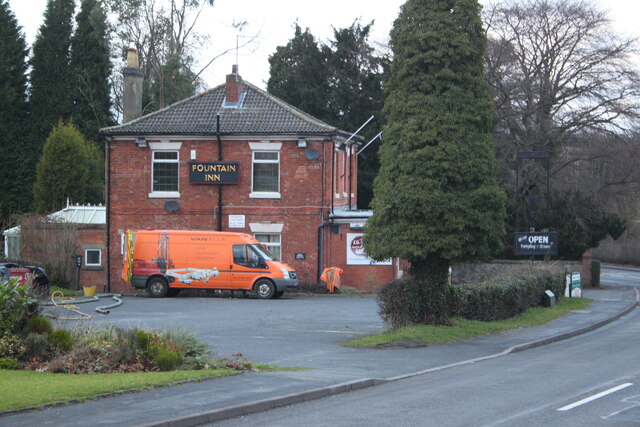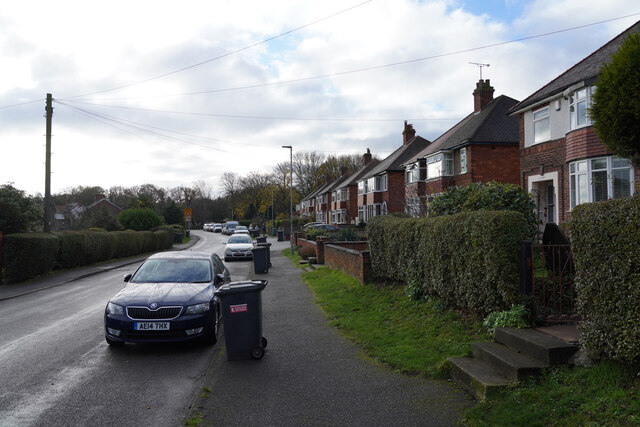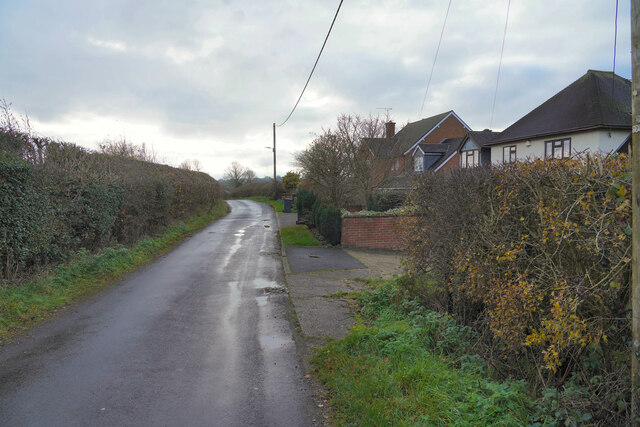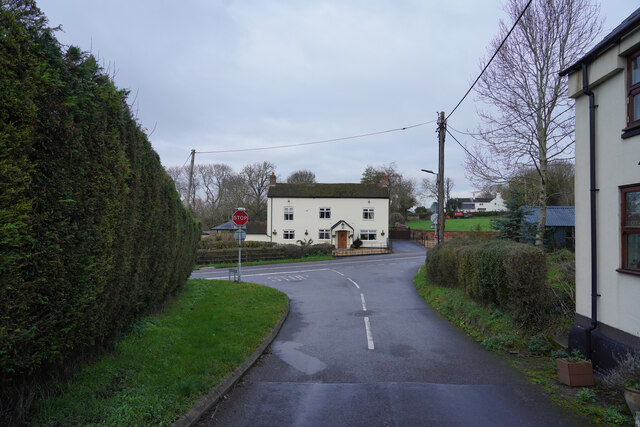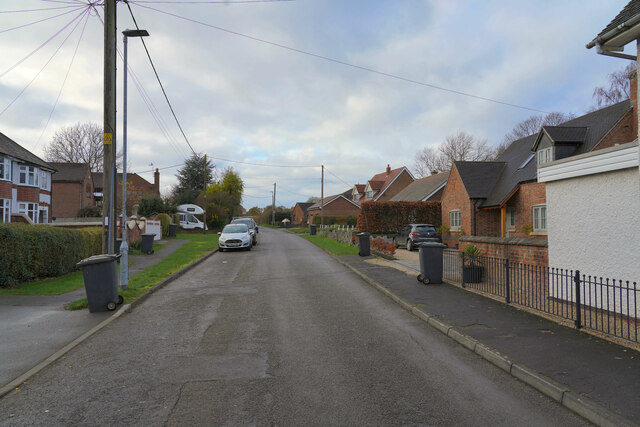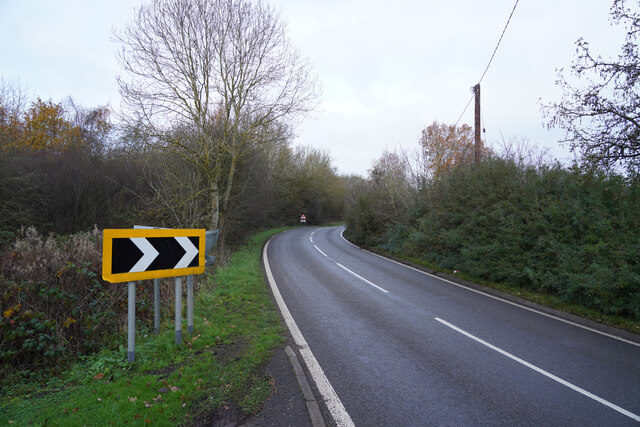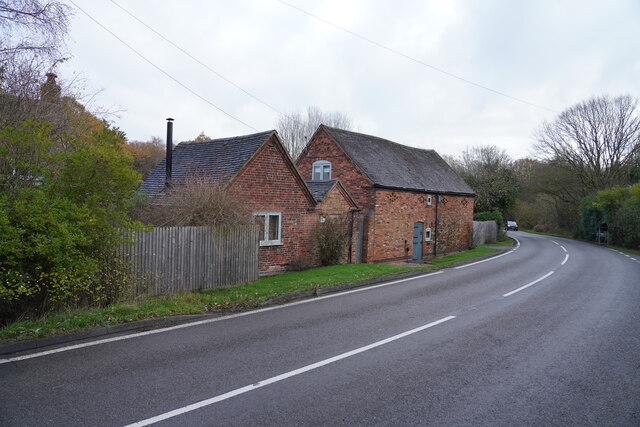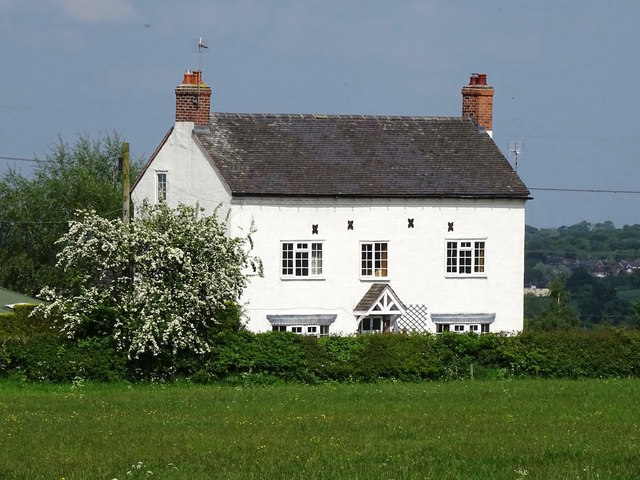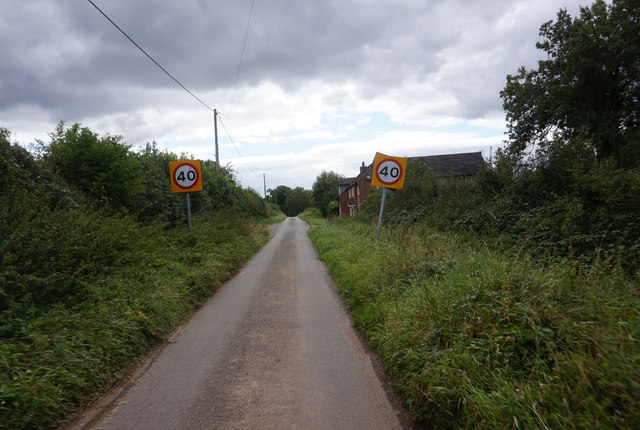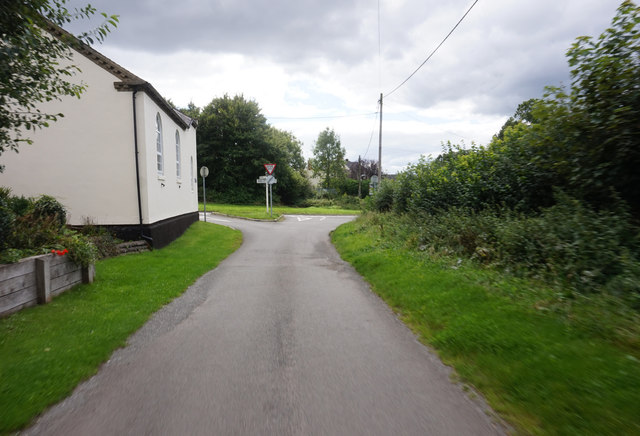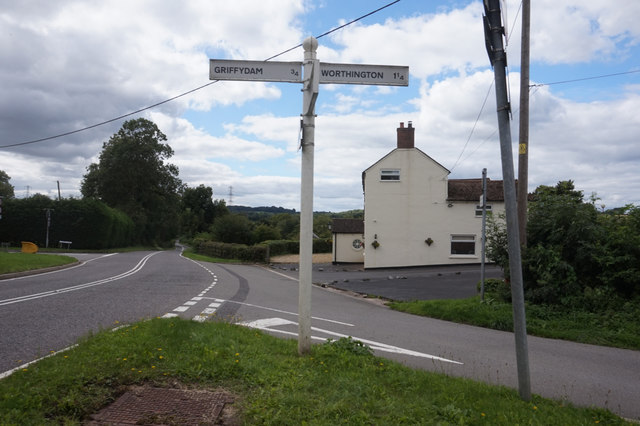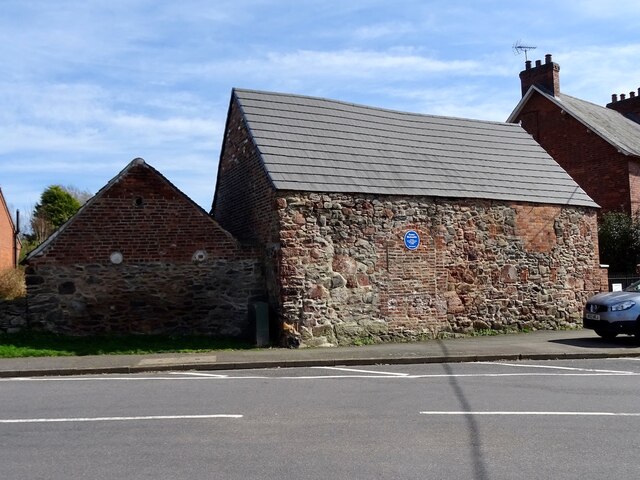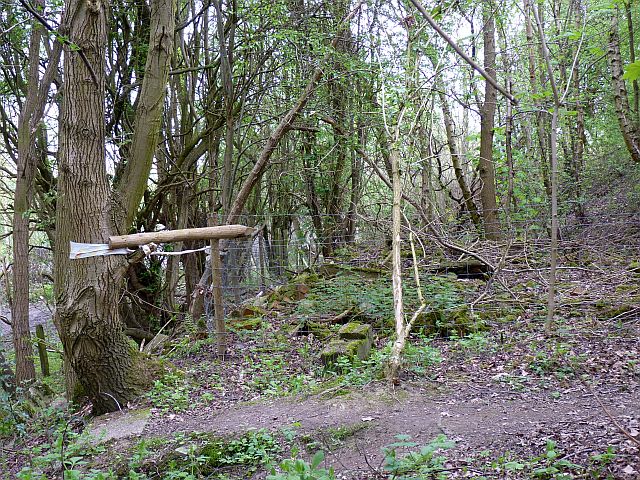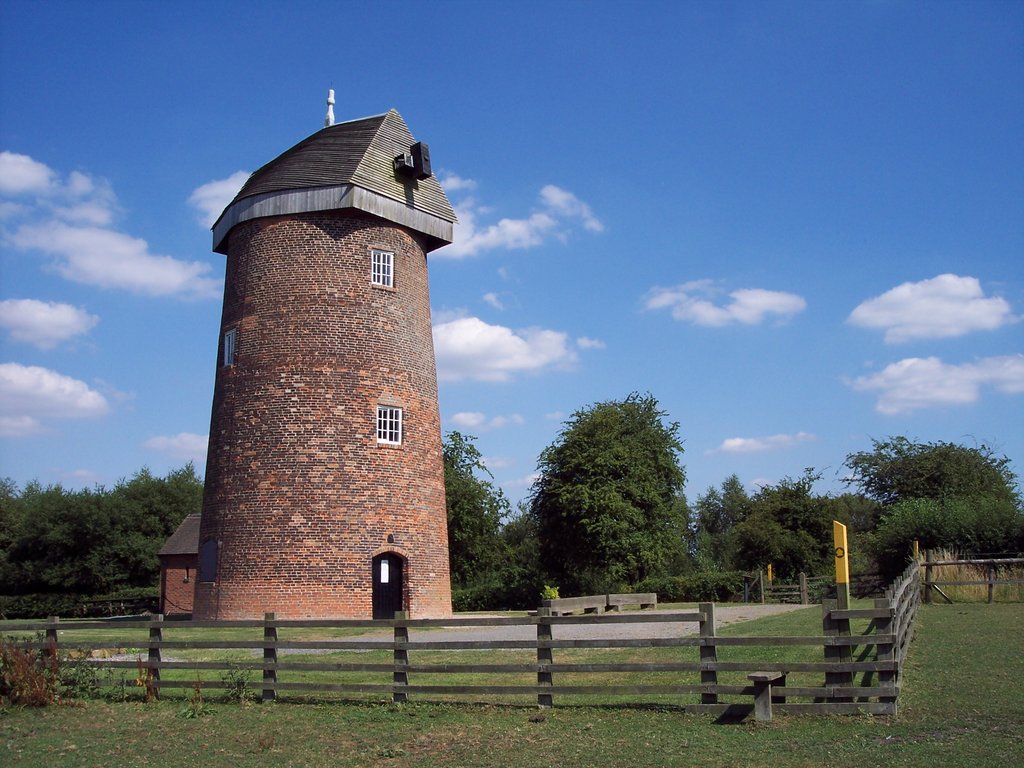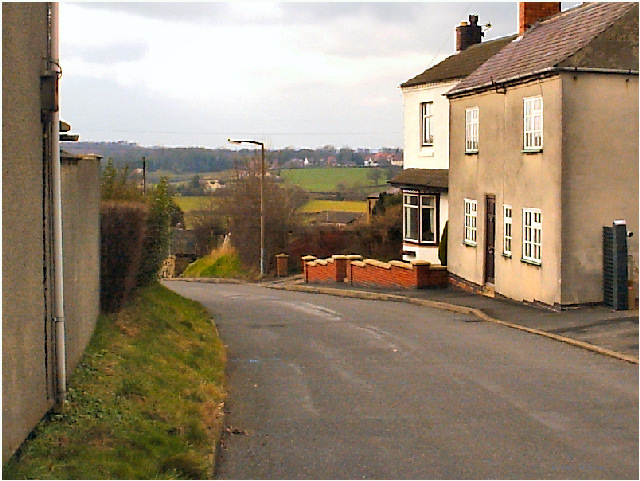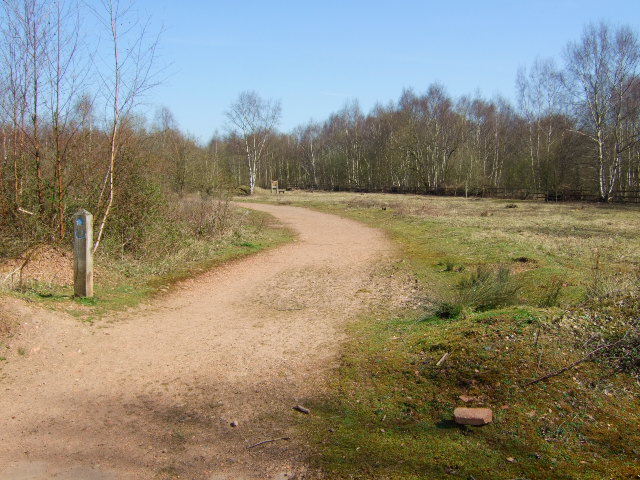Woolrooms
Settlement in Leicestershire North West Leicestershire
England
Woolrooms
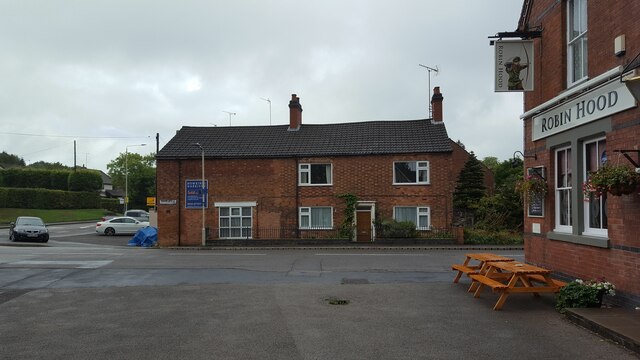
Woolrooms is a charming village located in the picturesque county of Leicestershire, England. Situated in the heart of the East Midlands, this quaint village is known for its rich history, natural beauty, and welcoming community.
One of the defining features of Woolrooms is its beautiful countryside surroundings. The village is surrounded by lush green fields and rolling hills, making it a haven for nature lovers and outdoor enthusiasts. The nearby Bradgate Park offers stunning vistas and is a popular spot for walking, picnicking, and wildlife spotting.
The village itself is characterized by its traditional architecture, with many buildings dating back centuries. The local church, St. Mary's, is a prime example of medieval architecture and is a focal point of the village.
Woolrooms is also proud of its strong community spirit. The village hosts various events throughout the year, including summer fairs, art exhibitions, and local markets. These events bring residents together and provide opportunities for visitors to immerse themselves in the local culture.
For those seeking a taste of history, Woolrooms is conveniently located near several historical sites. The nearby ruins of Bradgate House, once the childhood home of Lady Jane Grey, offer a glimpse into Tudor-era England. Additionally, the Leicester Cathedral, where King Richard III is buried, is just a short drive away.
With its natural beauty, historical significance, and vibrant community, Woolrooms is a destination that offers something for everyone. Whether it's exploring the countryside, delving into history, or simply enjoying the warm hospitality of the locals, this village in Leicestershire is sure to leave a lasting impression.
If you have any feedback on the listing, please let us know in the comments section below.
Woolrooms Images
Images are sourced within 2km of 52.756214/-1.3987968 or Grid Reference SK4017. Thanks to Geograph Open Source API. All images are credited.

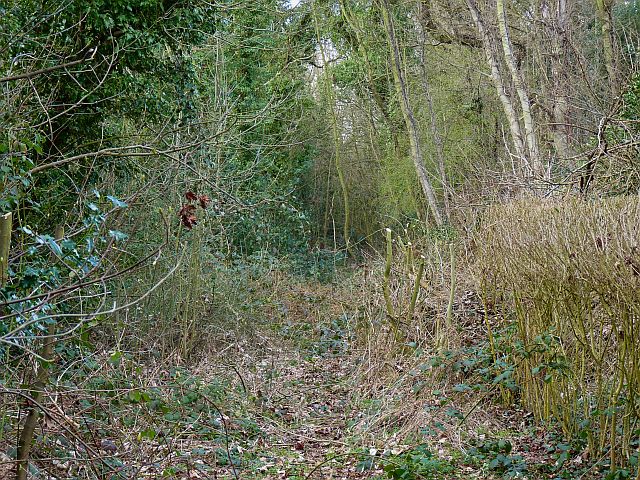
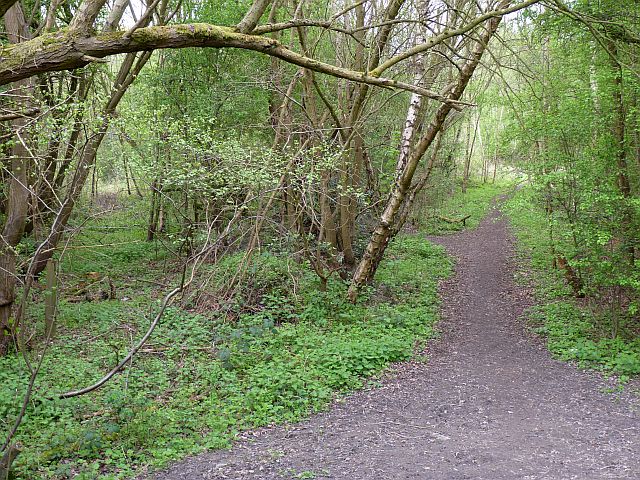
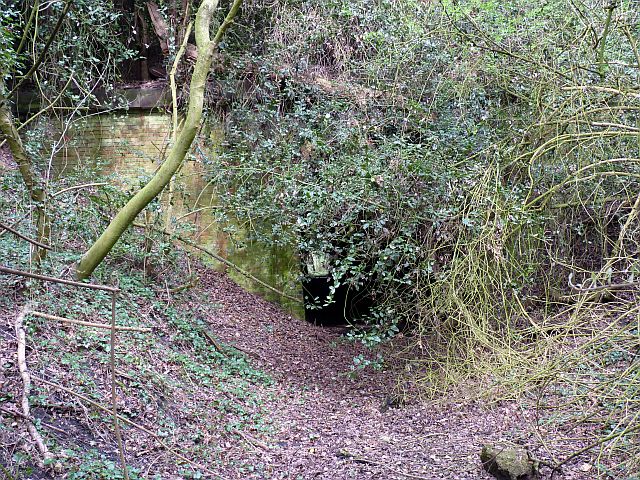
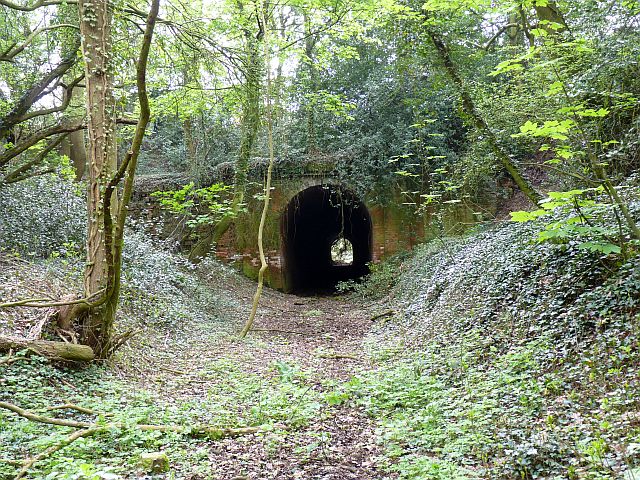
Woolrooms is located at Grid Ref: SK4017 (Lat: 52.756214, Lng: -1.3987968)
Administrative County: Leicestershire
District: North West Leicestershire
Police Authority: Leicestershire
What 3 Words
///denote.cheaper.husky. Near Ravenstone, Leicestershire
Related Wikis
Gelsmoor
Gelsmoor is a hamlet within the parish of Worthington in the English county of Leicestershire. It is noted for having a 'petrifying spring' in a nineteenth...
Peggs Green
Peggs Green is a hamlet within the parish of Coleorton, Leicestershire. For many years it had formed part of the civil parish of Thringstone, until this...
Coleorton
Coleorton ( kə-LOR-tən) is a village and civil parish in North West Leicestershire, England. It is situated on the A512 road approximately 2 miles (3...
North West Leicestershire (UK Parliament constituency)
North West Leicestershire is a constituency represented in the House of Commons of the UK Parliament since 2010 by Andrew Bridgen, originally a Conservative...
Hough Windmill
Hough windmill, Swannington, Leicestershire is a tower windmill built in the late 18th century on the boundary between Swannington, Leicestershire and...
Califat Coal Mine
The Califat Coal Mine began in 1852, when William Worswick signed a lease with Wyggeston Hospital, Leicester. The Coleorton No 2 Colliery was then sunk...
Griffydam
Griffydam is a hamlet within the parish of Worthington, Leicestershire . == History == Griffydam is most famously associated with a chalybeate well, or...
New Lount
New Lount is a 21.3 hectares (53 acres) Local Nature Reserve north-east of Ashby-de-la-Zouch in Leicestershire. It is owned and managed by Leicestershire...
Nearby Amenities
Located within 500m of 52.756214,-1.3987968Have you been to Woolrooms?
Leave your review of Woolrooms below (or comments, questions and feedback).
